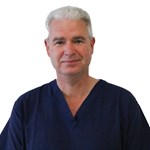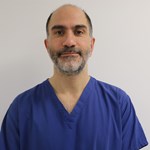Contact us about treatment for chronic middle ear disease
It's easy to find out more about treatment by giving us a call or completing our enquiry form.
There are a range of treatment options for chronic middle ear disease depending on the underlying cause, the severity of the symptoms, and your age.
The commonest cause of blocked ears is usually an issue in the outer ear, due to wax accumulating and blocking the ear canal. If left to accumulate and block the ear canal, it can cause problems with hearing and an infection in the outer ear causing swelling, pain and discharge. Consultant ENT Surgeon, Mr Henry Sharp, discusses our self-pay ENT treatments in this short video.

Consultant ENT Surgeon
Mr Balfour's specialties include thyroid surgery, head and neck surgery and rhinology.

ENT Consultant
Mr Fu is a qualified Rhinologist with a special interest in nasal and sinus conditions. His specialities include otolaryngology and rhinology.

Consultant ENT Surgeon
Mr Sharp's specialties include rhinology and non-cosmetic nasal plastic surgery.

Consultant ENT Surgeon
Mr Dhar is a specialist ENT Consultant at Benenden Hospital
It's easy to find out more about treatment by giving us a call or completing our enquiry form.